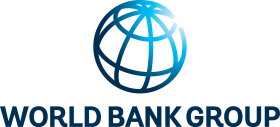By European standards, Romania is a low urbanized country. There exists a rising trend towards suburbanization, however, that is not fully captured by Romania’s urban statistics. The country’s urbanization rate of 55 percent has remained fairly constant over the past two decades, despite significant population migration out of the country, and a strong suburbanization trend in areas on the immediate outskirts of major cities. Because central government demographers still categorize some of these regions outside of the urban core as rural, this shift has not yet made its way into the official population statistics. If this were to happen, the urbanization rate could rise to 65 percent. The objective of the urban sector analysis was to provide insights to the Romanian Ministry of Environment, Waters and Forests (MEWF) on opportunities to change the trajectory of greenhouse gas emissions (GHG) in Romanian cities, using the Bucharest–Ilfov metropolitan region (BIMR) as an example.
Authors and Publishers
World Bank Group (WB)
The World Bank is a vital source of financial and technical assistance to developing countries around the world. We are not a bank in the ordinary sense but a unique partnership to reduce poverty and support development.
World Bank Group (WB)
The World Bank is a vital source of financial and technical assistance to developing countries around the world. We are not a bank in the ordinary sense but a unique partnership to reduce poverty and support development.
Data provider
World Bank Group (WB)
The World Bank is a vital source of financial and technical assistance to developing countries around the world. We are not a bank in the ordinary sense but a unique partnership to reduce poverty and support development.


